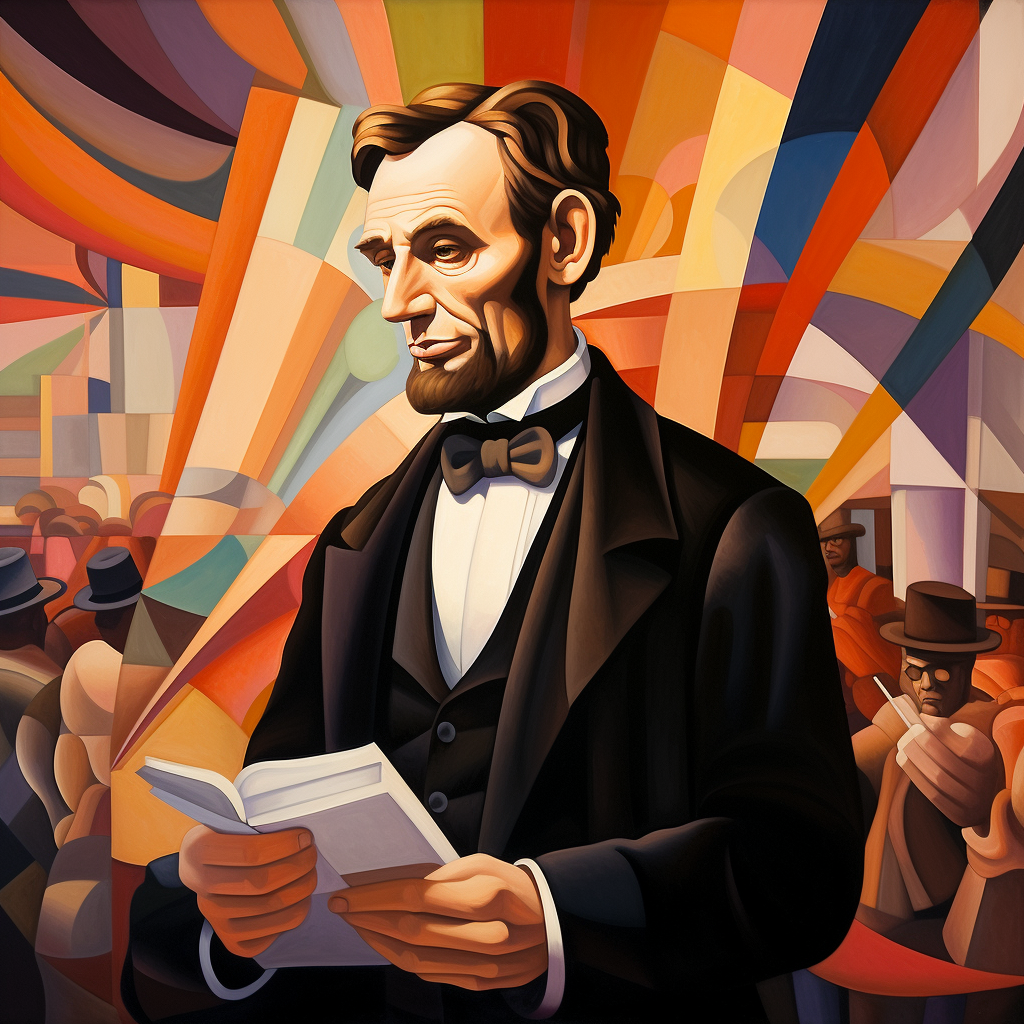Abraham Lincoln: Leading Through Crisis - Election in 1860

Abraham Lincoln's election as the 16th President of the United States in 1860 was a landmark event, coming at a time when the nation was deeply divided. Lincoln's ascension to the presidency amidst such polarization and his subsequent leadership provide profound insights into managing leadership during times of national crisis and division.
Factual Details of Lincoln's Election in 1860
Year: 1860
Location: United States
Event: Abraham Lincoln's Election as President
Abraham Lincoln, representing the Republican Party, won the presidency in an intensely contentious and polarized environment. The nation was split over slavery and states' rights, and Lincoln’s victory was seen as a threat by the Southern states, leading to their secession and the Civil War's onset.
Key Outcomes:
- Lincoln’s election intensified the sectional tensions between the North and South.
- He won without securing electoral votes from Southern states, indicating the nation's political division.
- His election precipitated the Civil War and set the stage for the abolition of slavery.
Leadership Lessons from Lincoln’s Election
1. Navigating Leadership in Divisive Times:
- Lincoln's election underlines the challenges of leading in a divided nation, requiring a balance of respecting different viewpoints and upholding core values.
2. Commitment to Principles Over Popularity:
- His steadfast commitment to principles in the face of opposition exemplifies leadership focused on long-term goals rather than short-term popularity.
3. Addressing National Crises with Resolve:
- Lincoln’s leadership in the wake of his election exemplifies confronting national crises with determination and vision.
4. Visionary Leadership:
- His vision for a united, slavery-free nation guided his leadership during one of America's most challenging periods.
5. Balancing Firmness with Empathy:
- His approach to the impending crisis exemplified balancing firmness in stance with empathy for the nation’s divisions.
How Today's Leaders Can Use This Lesson
Adapting to Today’s Context:
Today's leaders can draw from Lincoln's example in several ways:
Embracing Diverse Perspectives:
Modern leaders should strive to understand and respect diverse viewpoints, especially in polarized environments, while maintaining a clear vision and direction.
Principled Decision-Making:
Leaders should focus on principled decision-making that prioritizes long-term benefits and ethical considerations, even if they are initially unpopular.
Crisis Management:
Leaders facing crises can learn from Lincoln’s resolve, addressing challenges head-on with a clear strategy and purpose.
Empathetic Leadership:
Balancing firmness with empathy is crucial, especially when making decisions that affect diverse groups with conflicting interests.
Communicating Vision:
Effectively communicating a unifying vision, as Lincoln did, is essential for leaders guiding teams or organizations through turbulent times.
Concluding Thoughts
Abraham Lincoln's election and subsequent leadership amidst division and crisis provide timeless lessons for modern leaders. His example shows the importance of principled leadership, clear vision, and the ability to balance firmness with empathy in challenging circumstances.
Your Reflection
Reflect on how Lincoln’s leadership approach during divisive times can be applied in today's context:
- How can you incorporate understanding and empathy into your leadership style while maintaining decisive action?
- In what ways can you ensure your decisions are rooted in core principles and a long-term vision for success?
- What strategies can you use to effectively communicate and rally diverse groups around a common goal in your organization or community?



